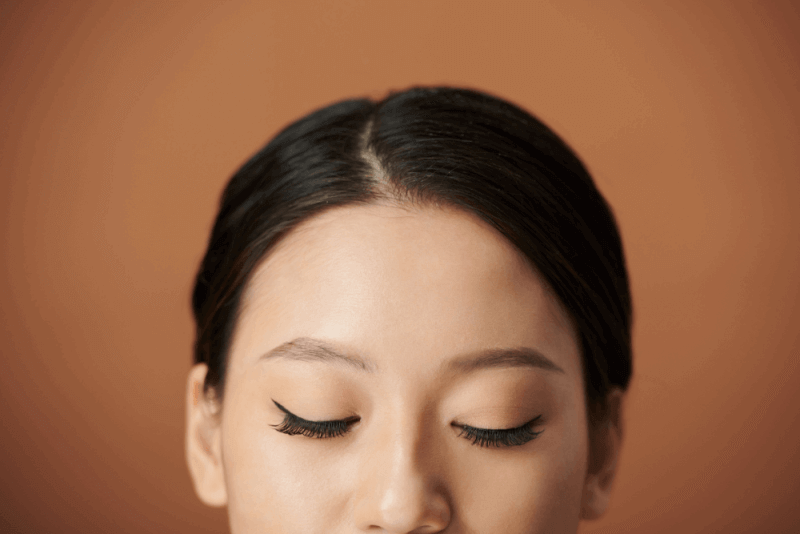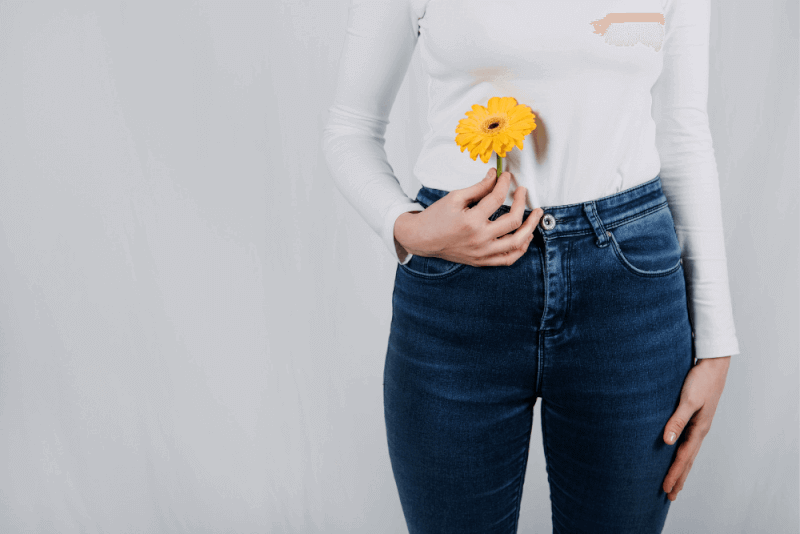What Causes Nasolabial Folds?
Nasolabial folds, which appear with aging, are pronounced lines extending from the sides of the nose to the corners of the mouth. Also known as smile lines, these folds form due to various reasons, including the following:
- Flattening of the cheekbones and sagging of the tissues in the area due to gravity with aging
- A natural decrease in collagen and elasticity in the skin with aging
- Smoking
- Sun damage
- Significant weight gain or loss
What is Nasolabial Filler?
The formation of nasolabial folds can make individuals appear older. These lines tend to deepen over time. Nasolabial filler is one of the most gentle methods to prevent and reduce these lines.
The substance used in nasolabial fillers is hyaluronic acid, which is naturally found in the body. Because it is a substance naturally present in the skin, the risk of causing an allergic reaction is extremely low. While the filler material fills the lines, it also supports the skin's self-renewal.
How is Nasolabial Filler Applied?
The nasolabial filler procedure is strategically planned and applied. The stages of this procedure include:
- The area to be treated is first cleaned with an antiseptic solution.
- A single needle is used to create an entry point.
- A blunt cannula is inserted through the entry point to the line.
- Then, the filler material is placed in the lines.
- No pain or discomfort is felt during the procedure.
When is Nasolabial Filler Used?
Nasolabial filler is applied to eliminate the lines between the sides of the nose and the corners of the mouth. The benefits of this procedure include:
- Immediate improvement
- Natural-looking results
- Returning to daily life shortly after the procedure
- Long-lasting rejuvenation
- Improved skin quality
- Being one of the safest aesthetic applications
Post-Procedure Care for Nasolabial Fillers
Achieving the desired result from the nasolabial filler procedure largely depends on post-procedure care. Therefore, it is essential to follow the instructions provided by the specialist. General points to consider after the procedure include:
- Do not touch the treated area for at least 6 hours after the procedure to allow the filler material to integrate properly with the tissues.
- Avoid using abrasive or strong active ingredient products in facial care for the first 2 weeks after the procedure. Instead, use simple and soothing moisturizers.
- Use fragrance-free moisturizers suitable for your skin type to support the healing process.
- Protect the treated area from sunlight with sunscreen that has at least SPF 30.
- Avoid direct sun exposure on the treated area.
- Limit intense physical activities and avoid activities that significantly increase the heart rate for the first 2 days after the procedure.
- Do not use blood-thinning medications to reduce the risk of bruising after the procedure.
- Attend the follow-up appointment to evaluate the success of the procedure.







